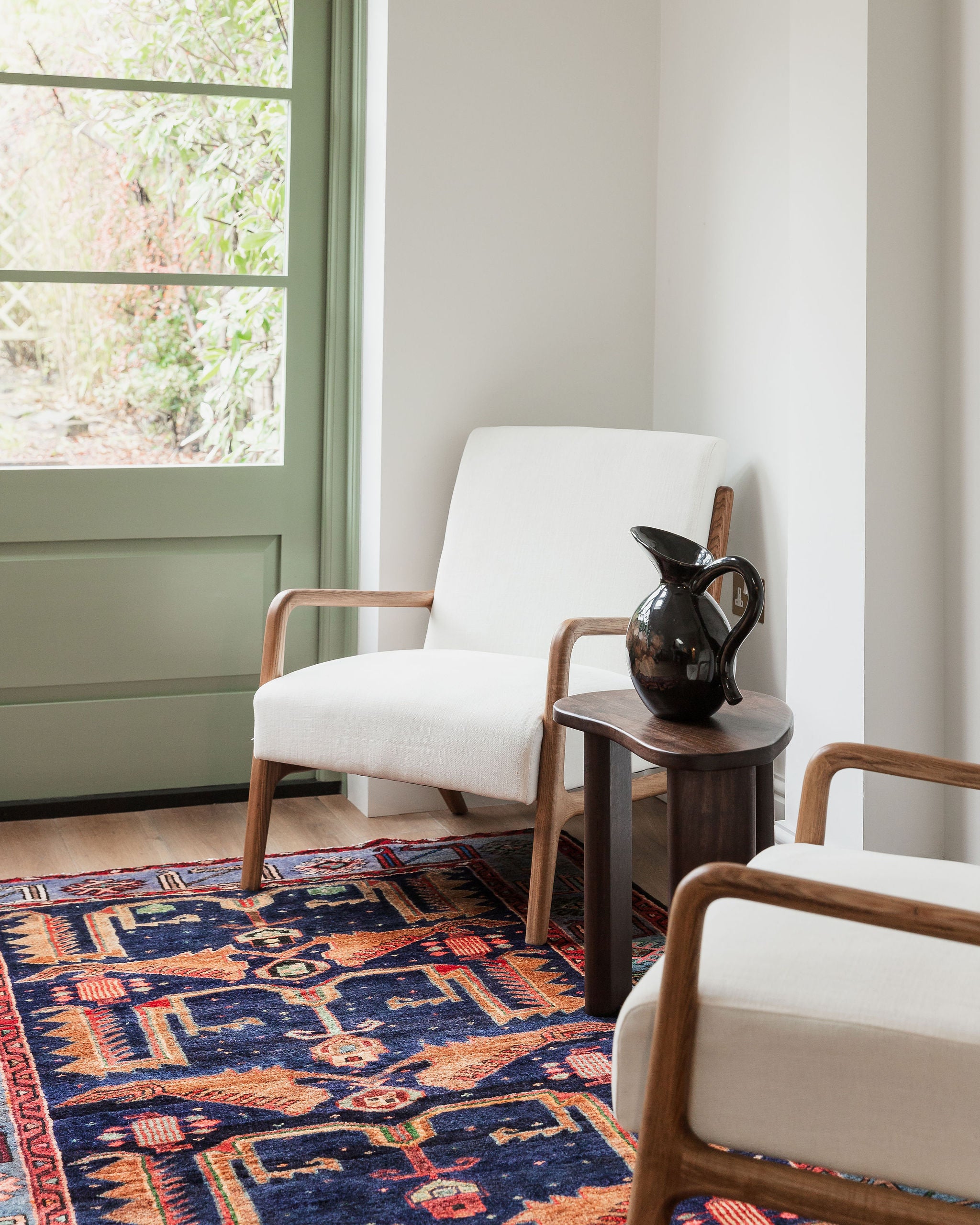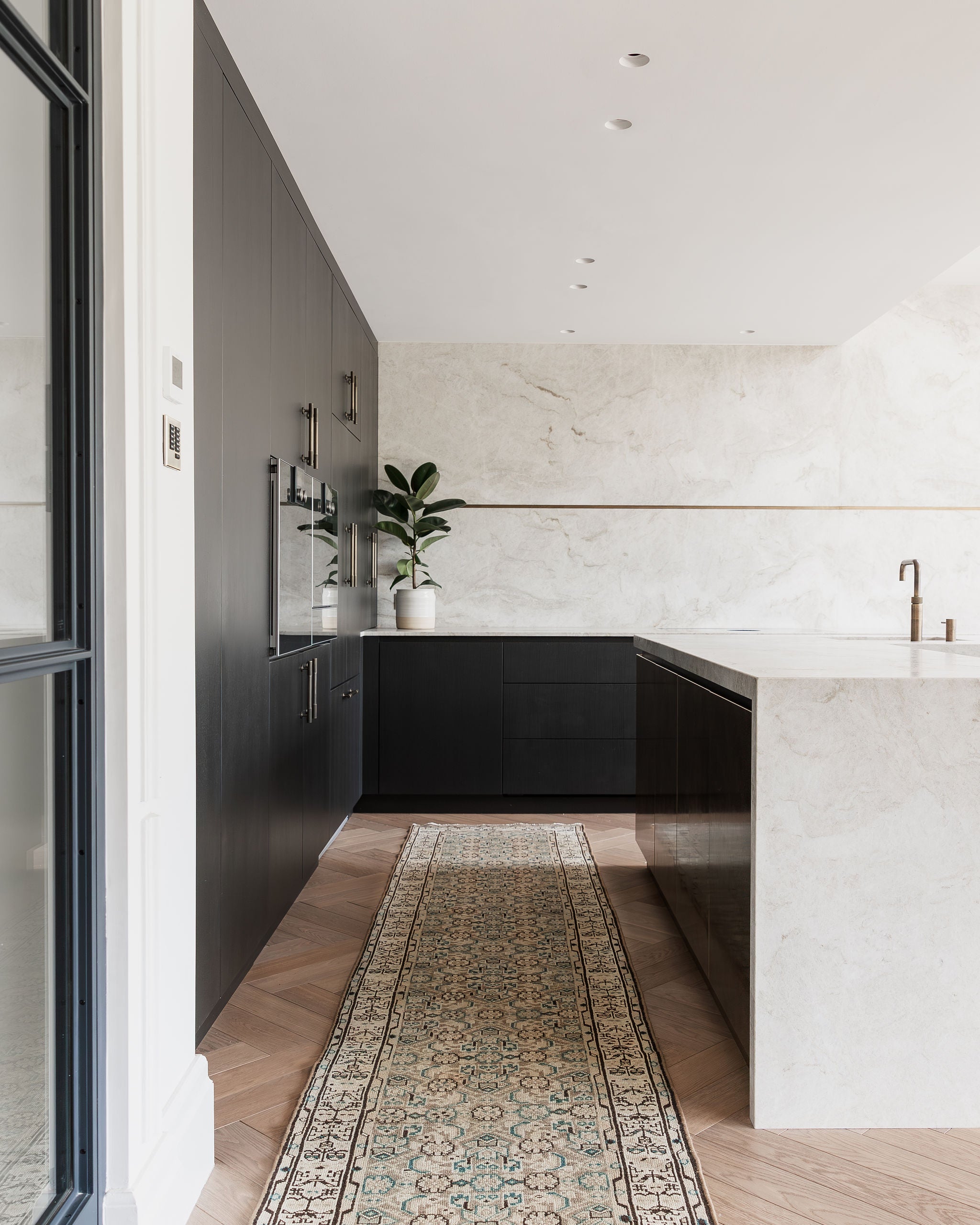Mini Series: A Guide to Decluttering Your Pantry

Time for another spring decluttering challenge! This week’s mission is to tidy your pantry shelves and other storage areas where consumables gather over time. Seen as the heart of the home; there is something invigorating about a clean, systematic kitchen. It sets the mood for the home and communicates calm and order. Decluttering is the first step in any organisational project; it helps you shop smarter, so you don’t end up buying things you already have. When was the last time you cleared out your pantry?
As the most essential part of the kitchen, it can feel like an overwhelming task. But let’s face it: a neat and organised pantry makes life SO much easier. It promotes opportunity and possibility, saves you time and ensures cleanliness. Right now, you've probably got a countertop full of quarantine-inspired storeroom additions and a lot of time on the horizon due to social distancing. Don’t worry, you’re in good company this week - we’ve put together a simple step-by-step guide to help you tackle this project and start reclaiming your home again.
WHAT YOU WILL NEED
Cleaning gloves
Anti-bacterial spray/wipes
Rags or paper towels
Clear, stackable food storage containers (optional)
REMOVE EVERYTHING & CATEGORISE

Image Credit (left to right) - Studio McGee, Pinterest
Purge ruthlessly! The whole point of a kitchen is consuming food, so it makes sense that you’ve got a lot of consumables in your cabinets. If it’s been awhile since you attempted to declutter and arrange your pantry, you’ll want to empty the space completely so you can see what items you want to keep and organise. Your cupboards tend to collect extra items because we just shove stuff in there and forget about it!
Pick a time - we suggest starting first thing in the morning when you have at least a couple of hours for the project. Make a cup of coffee or turn on some music to put yourself at ease and clear space on the counters to set out items. Once the task has been completed; it will be easier to organise your pantry and keep it that way. Allowing you more time to make nutritious meals for your family and linger in conversation at the dining table. The kitchen is where the body and soul are fed simultaneously - so take your time to divide your pantry items into categories, here are some ideas:
Keep
Put foods you want to keep and are likely to eat back into the pantry in logical groupings. Organise items with bins or transparent containers so you can see at a glance what you’ve got
Trash
If it looks off, smells off, or is simply too old to imagine eating, you're not going to eat it now or in the future. Stale chips? Sprinkles you’ve had for years but never used? Crushed boxes of cereal that are pretty much dust at this point? All of those things can go, either to be recycled if they fall into that category or trashed if they don’t.
Compost
You are likely to find scraps in the back of your pantry or cupboards - so anything that falls into the above category is compostable. (Tip: If you won't be able to compost for a bit, store this in a sealed container in the freezer).
Donation
The pantry doesn’t strike me as an area where you would come up with a lot of items to donate. But be honest here, can you imagine eating that canned corn you have lurking in the back of your cupboards? If you have any foods that you haven't the slightest inclination to utilise - but are still viable for eating, why not have a designated area where you can collect them all in one place. Then you can drop them off at your local donation centre all at once at the end of the week.
CLEAN THE SHELVES

Image Credit (left to right) - Remodelista
Take this time while your pantry is totally empty to clean the shelves, sweep and mop the floor, and do a good Spring clean of all the cupboard space. In reality, this doesn't have to take too long; just wipe them down with an antibacterial wipe and make sure to get all those pesky crumbs out of the corners. Don some good cleaning gloves, snatch up your all-purpose cleaner and some rags, and go to town getting any dust and gunk off the shelves where your literal food supply is going to live.
DECANT & REPACKAGE
Featured Video - Kroger
When figuring out how to organise your pantry items, you’ll want some good quality storage containers. This is an inexpensive and helpful way to keep flour, sugar, cereal and other loose items fresh for a much longer time. The most functional pantries are those in which you can actually see inside all the containers, that way you can find what you need more easily. However, If you are completely over it by this point, feel free to skip to the next step.
RESTOCK

Image Credit (left to right) - Pinterest
Once you’ve got rid of everything that doesn’t need to be in your pantry anymore; return the remaining items and make sure to put them back in a neat, organised and accessible way. You can arrange your pantry however you prefer: We suggest stacking containers vertically, this will ensure you see exactly what you have at one time - and therefore you are more likely to cook with it.









